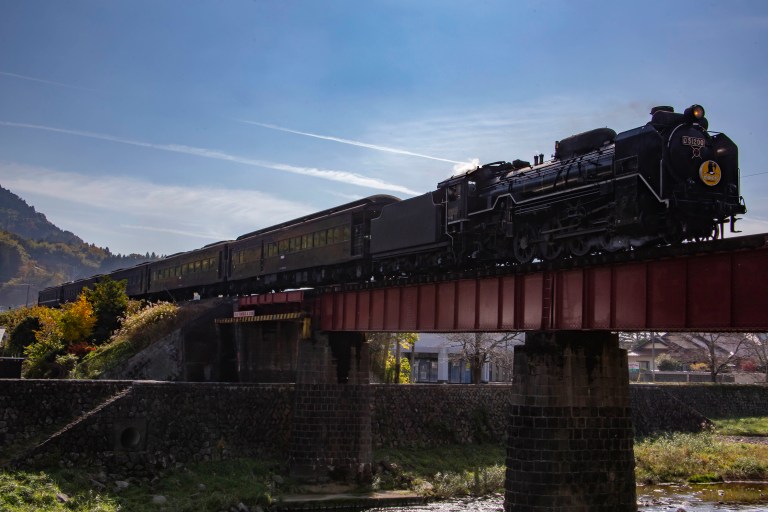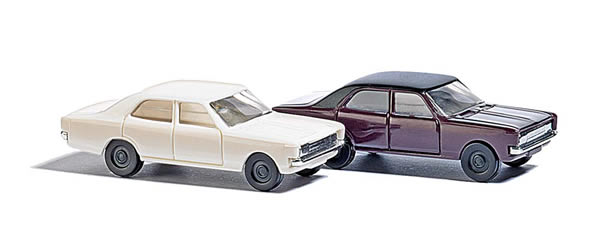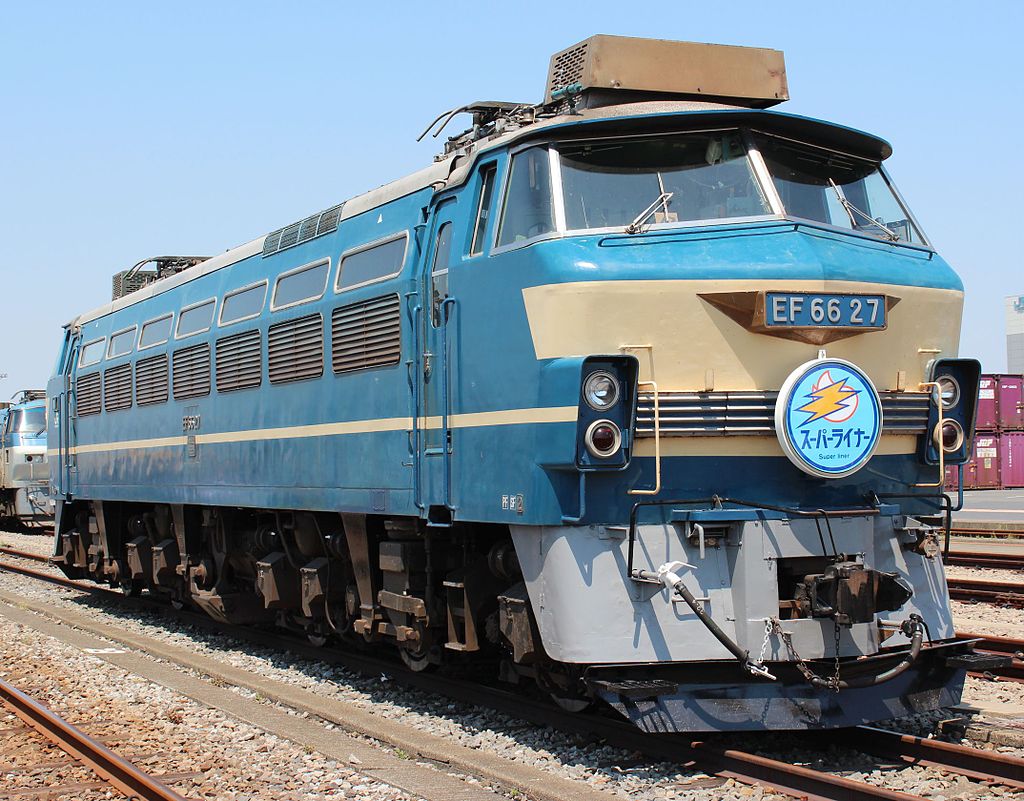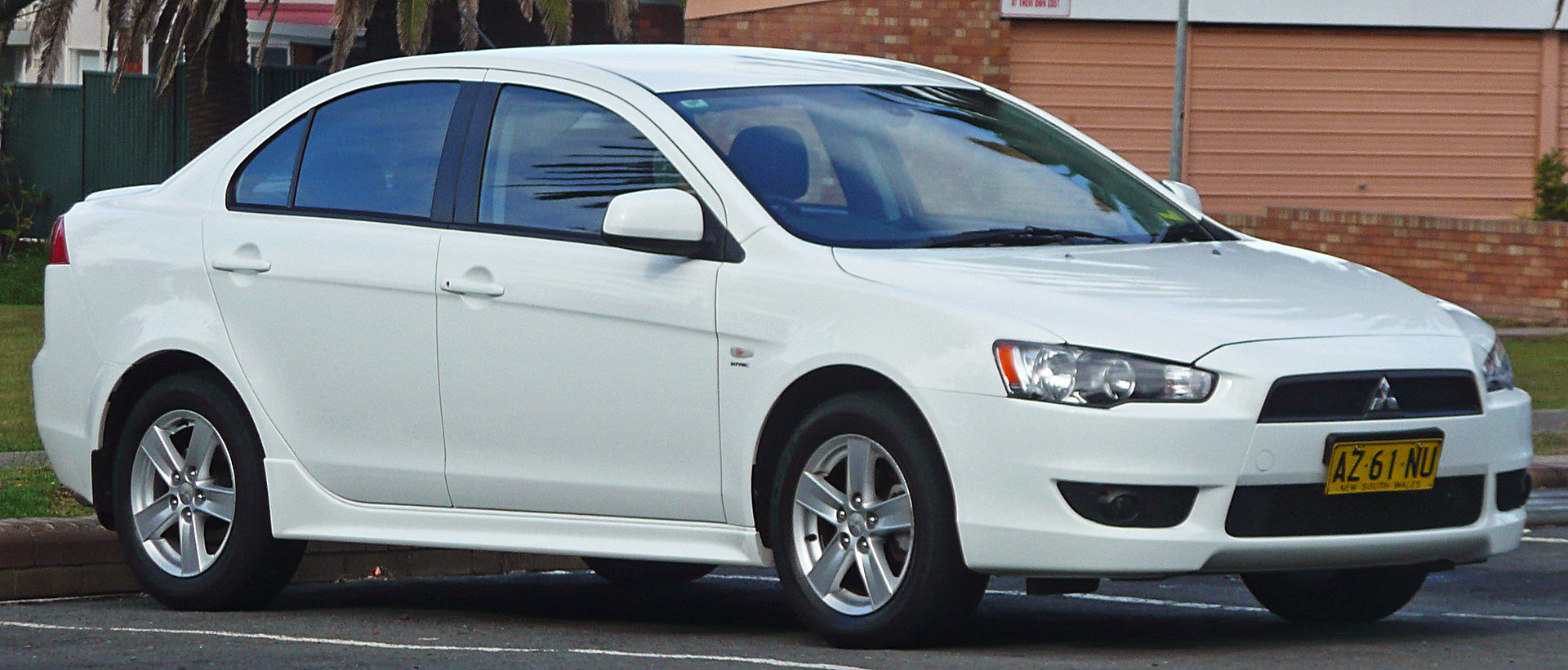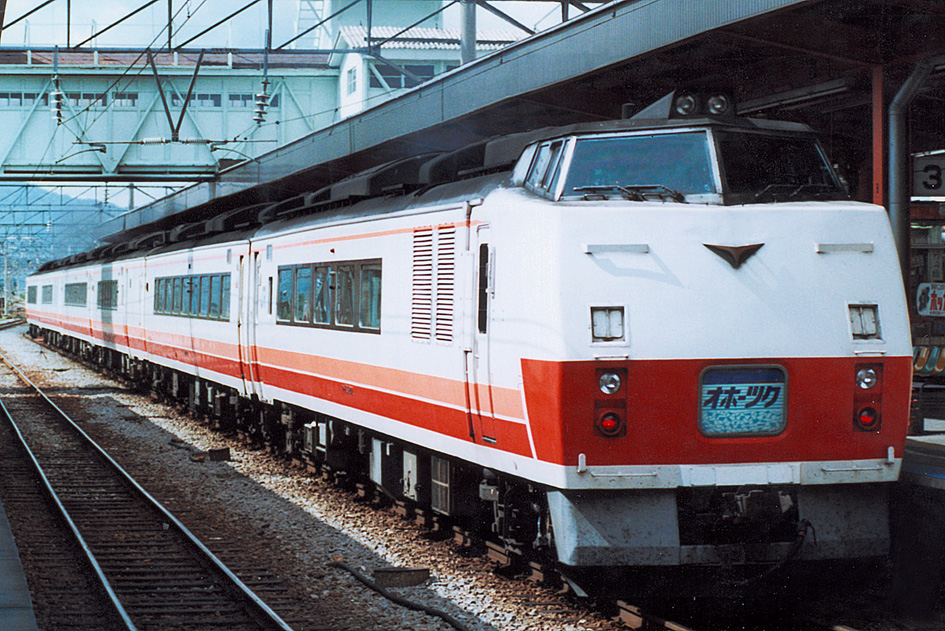History: In 1949, under the directive of the GHQ, Japanese Government Railways, which had been directly operated by the Ministry of Transport, was reorganized as Japanese National Railways (JNR), a statutory corporation.
Beginning in the 1950s, the electrification of trunk lines began to progress. Electrification of Tōkaidō Main Line was completed in 1956, the San'yō Main Line in 1964, and the Tōhoku Main Line in 1968. In 1954, the government decided to abolish steam haulage, and most were decommissioned by 1976. Many trains were converted from locomotive-hauled services to electric or diesel multiple units. The "New Performance Trains" (新性能電車, Shin-seinō densha), such as 101 series EMU developed in 1957, symbolize the phenomenon.
Beginning in the 1950s, the electrification of trunk lines began to progress. Electrification of Tōkaidō Main Line was completed in 1956, the San'yō Main Line in 1964, and the Tōhoku Main Line in 1968. In 1954, the government decided to abolish steam haulage, and most were decommissioned by 1976. Many trains were converted from locomotive-hauled services to electric or diesel multiple units. The "New Performance Trains" (新性能電車, Shin-seinō densha), such as 101 series EMU developed in 1957, symbolize the phenomenon.


